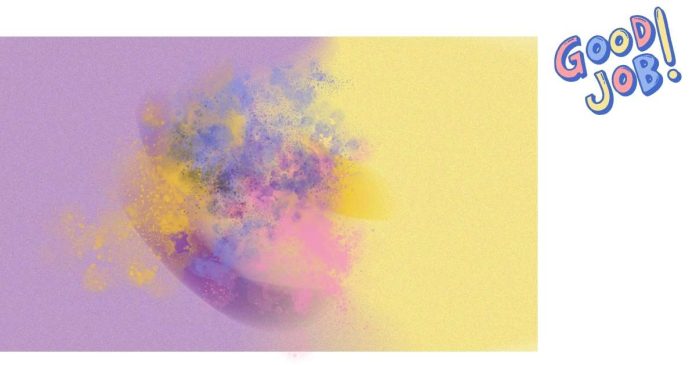When purple and yellow are mixed, the resulting color depends on the specific shades and the medium used (like paint, light, etc.), but in general, the mix can create a neutral or muddy color. Here’s a more detailed explanation of why this happens:
Color Theory
Purple and yellow are complementary colors on the color wheel. Complementary colors are pairs of colors that are opposite each other and, when combined, tend to neutralize or dull each other. In the case of purple and yellow:
- Purple is a combination of blue and red, with a cool undertone.
- Yellow is a primary color and has a warm undertone.
When mixed, these two colors essentially “cancel out” one another. This results in a color that lacks the vibrancy of either original color. The degree to which this happens depends on the intensity and specific shade of purple and yellow that you mix.
What Happens When Mixed?
- Dull or Neutral Brown: Since purple and yellow are complementary, mixing them together will often result in a neutral, muted brown or gray. This is because the two colors absorb each other’s intensity.
- If the purple is more red-based, the resulting mix can lean towards a warmer brown.
- If the purple is more blue-based, the mix can produce a cooler, grayer brown.
- Desaturation: When combining purple and yellow, both colors lose their vibrancy. The mix results in a desaturated or muddy color that lacks the brightness and clarity of either the original purple or yellow.
- Effect of Shades: The specific shades of purple and yellow can alter the outcome. For example:
- If you mix a light yellow with a dark, rich purple, you might get a more muted, softer tone of brown.
- If you mix a bright yellow with a deep purple, the result could be a darker, more intense muddy color.
Mixing in Different Mediums
- Paint: Mixing purple and yellow paint will generally result in a dull, earthy tone, as described above. This happens because paints use pigments that absorb certain wavelengths of light, so the colors are absorbed into one another.
- Light: If you were mixing light (additive color mixing), yellow and purple might result in a lighter or more neutral color. However, mixing light works differently than mixing pigments, and the outcome would depend on the brightness and exact hues of the lights.
Summary
The mix of purple and yellow typically creates a neutral, muddy color like brown or gray due to their complementary nature. The exact result will depend on the shades used, but it’s generally a dull, desaturated hue rather than a vibrant new color.


